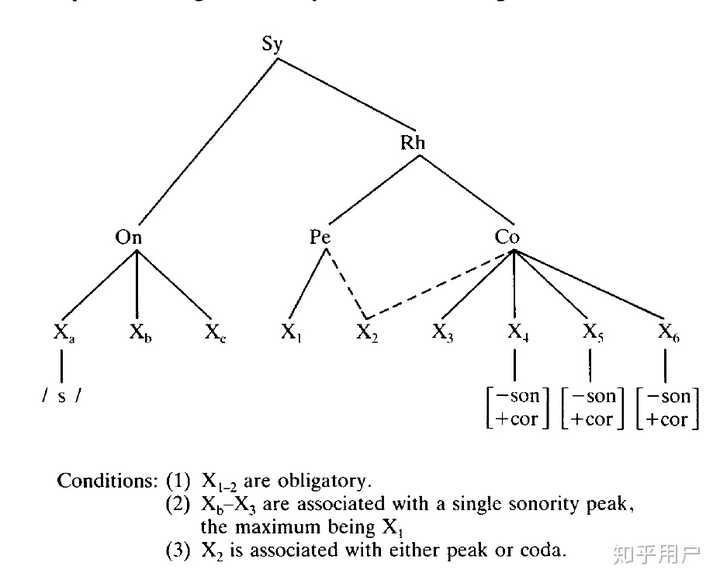
To the extent those grammatical constraints are universal, then the ban on lbif should be evident in all speakers, even if the relevant structures ( blif and lbif) are both unattested in their language. At the center of the language system is the grammar-a set of violable algebraic constraints that express tacit linguistic preferences (e.g., “avoid structure lbif”). An alternative explanation attributes linguistic preferences to the language faculty itself. We reason that if the underrepresentation of certain structures across languages only reflects sensory-motor pressures (e.g., lbif is harder to hear, and articulate ), then the costs associated with its encoding should tax sensory and motor brain sites. Our experiment addresses this challenge using neuroimaging methods. While such accommodation of functional pressures could be the hallmark of an adaptive biological system for language, its presence obscures the origin of language universals.

Rather, favored linguistic structures tend to minimize generic computational costs and optimize auditory perception and articulation. And indeed, language structure is not arbitrary. To the extent such constraints are identified, a second question arises concerning their origins-whether they emanate from universal linguistic principles, or from nonlinguistic mental forces. One contentious issue concerns the status of language universals-whether they are myths, mere fossils of historical processes, or synchronic mental constraints that are active in the brains of all humans. While these typological facts are well established, their interpretation is controversial. For example, across languages, syllables like blif are preferred (e.g., overrepresented) relative to lbif. It is well known that natural languages share certain aspects of their design. This does not alter the authors' adherence to PLOS ONE policies on sharing data and materials. The funders had no role in study design, data collection and analysis, decision to publish, or preparation of the manuscript.Ĭompeting interests: The authors have read the journal's policy and have the following conflicts: Ravi Seethamraju and Vibhas Deshpande are employees of Siemens. This is an open-access article distributed under the terms of the Creative Commons Attribution License, which permits unrestricted use, distribution, and reproduction in any medium, provided the original author and source are credited.įunding: This research was supported by internal funding from Northeastern University to the first author. Received: DecemAccepted: MaPublished: April 17, 2014Ĭopyright: © 2014 Berent et al. Berwick, Massachusetts Institute of Technology, United States of America

(2014) Language Universals Engage Broca's Area. We conclude that human brains encode broad restrictions on syllable structure.Ĭitation: Berent I, Pan H, Zhao X, Epstein J, Bennett ML, Deshpande V, et al. The convergence between the cross-linguistic preferences and English participants' hemodynamic and behavioral responses is remarkable given that most of these syllables are unattested in their language. In contrast, ill-formed syllables did not systematically tax sensorimotor regions-while such syllables engaged primary auditory cortex, they tended to deactivate (rather than engage) articulatory motor regions. Results showed that syllable structure monotonically modulated hemodynamic response in Broca's area, and its pattern mirrored participants' behavioral preferences. To address this question, we used fMRI to investigate brain response to four syllable types, arrayed on their linguistic well-formedness (e.g., blif≻bnif≻bdif≻lbif, where ≻ indicates preference). But whether language universals are myths or mentally active constraints-linguistic or otherwise-remains controversial.

For example, across languages, syllables like blif are preferred to lbif.


 0 kommentar(er)
0 kommentar(er)
